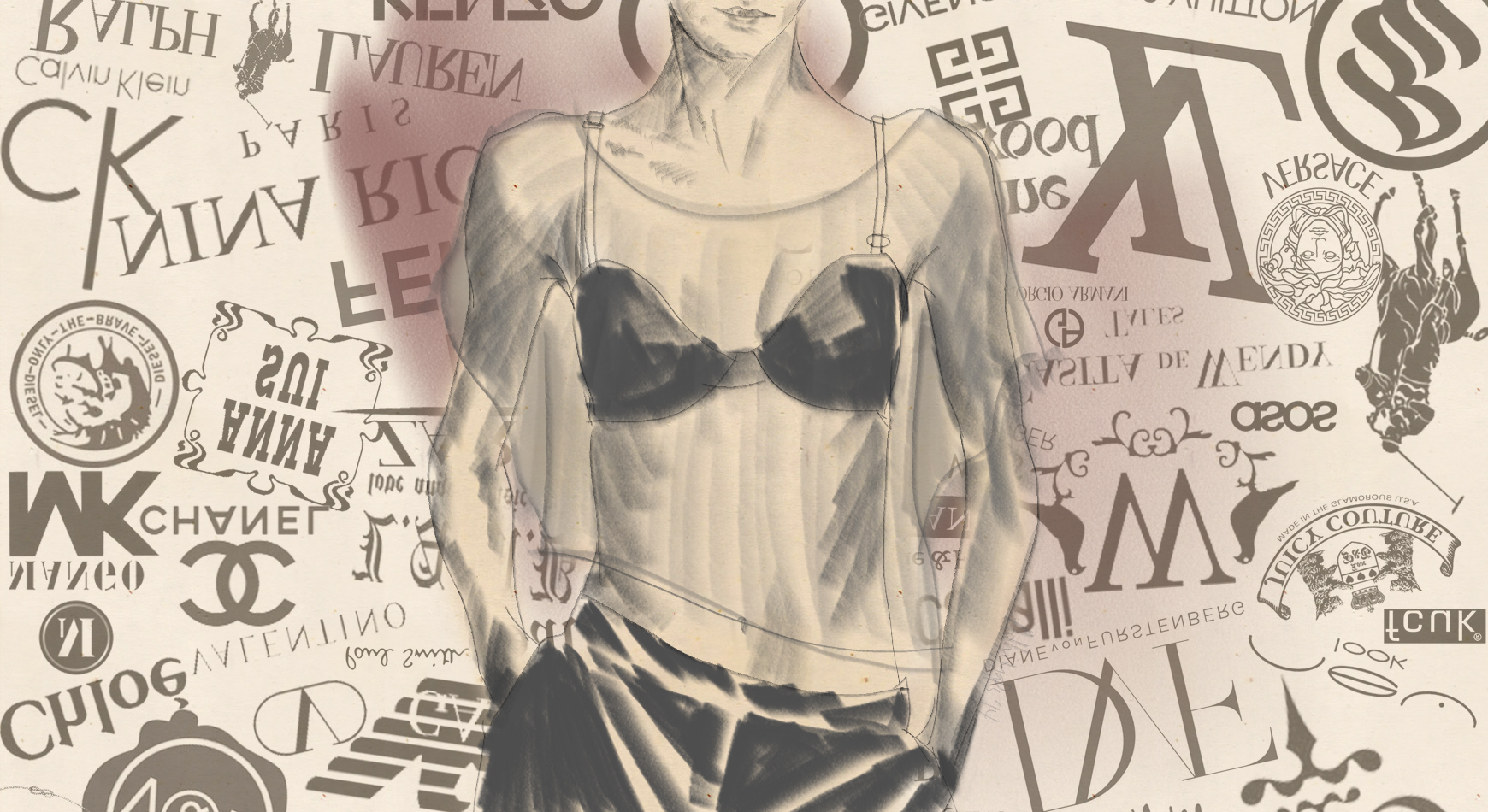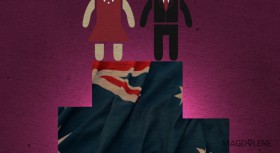Fashion and feminism have an awkward relationship. They are like siblings who constantly bicker and put each other down.
Feminism often sees fashion as exploitative of women, putting pressure for them to meet unrealistic standards of beauty. On the other hand, fashion sees itself as empowering to women by employing women leaders and workers. The demand for gender equality and the growth of a women-led industry often collide.
During Paris Spring Fashion Week in September, Chanel head designer Karl Lagerfeld attempted at merging the opposite views. He turned the interior of Grand Palais into the scene of Parisienne street with building facades on the sidewalks. Sporting the latest collection of Chanel, the top models took to the streets as if they were staging a protest. Carrying loud speakers and banners, they shouted feminism slogans like “Ladies First”, “Make Fashion Not War” and “Women’s Rights are More than Alright”, accompanied by Chaka Khan’s “I’m Every Woman” in the background.
The very same designer once responded to the complaints against his use of zero-sized models by saying “only fat mommies object thin models”, and he has continued to evade the issue, saying that the world of fashion was all to do “with dreams and illusions. No one wants to see round women".
Did Lagerfeld consider feminism a mere fashion trend? Is it true that fashion and feminism cannot go hand in hand?
Red carpet glamor and runways aside, fashion is a billion-dollar industry dominated by female workers. Nevertheless, there are so many things that can be done to improve the role of and empower women in the industry.
Some of the more apparent problems are the exploitation of labors who are paid very low wage, a workplace with poor condition and the absence of health security, as revealed by reports on textile industry in Bangladesh. As a female-dominated industry, these problems affect mostly women, directly and indirectly.
The high number of women as a critical mass to push for a change has the potential to make the fashion industry a role model for others. Take childcare, for example. Childcare facilities at workplace is a blessing for many mothers working in fashion and will ease young women, who may fear that becoming a mother will hinder their career. Is this suggestion on childcare provision only for fashion industry? Certainly not. But as an industry dominated by women, it will make a significant impact.
In Indonesia, the fashion industry contributes over 60 percent to the creative economy sector exports and 3.55 percent to the overall number of exports. There are at least 4,000 factories employing two million workers, most of them women. The factories supply big retail brands and export their products all over the world. Compared to the “luxury products” they make everyday, the workers lead lives that are far from prosperous.
A female labor at a garment factory in Tangerang said, “I earn Rp 1.541 million a month, while my expenses are Rp 1.747 million per month. So, every month I have to borrow about Rp 200,000 even though I have been skimping on my salary and am very frugal.”
Compare that to the Rp 500,000-a-piece t-shirts she produces.
These women labors are usually hired to work on a certain type of job that requires persistence, precision and tidiness. And they do that for years. As the result, there is barely any opportunity for women labors to climb the career ladder, or even get promoted.
And then there is the issue of sexual harassment. Various types of sexual harassment at workplace are often brushed off, or are considered jokes by the management, although the impacts can be very serious. This is why it is rare for women labors who experience sexual harassment to report to their company. Many of them are not even aware that sexual harassment is a form of violence against women. Women labors who are victims of sexual harassment usually feel offended, embarrassed and are too afraid to file a report. They also receive intimidations, including the threat of layoff from their boss or the management.
These issues are worlds apart from the fairytale land inhabited by celebrities and models wrapped in the new collection of high-end designers. But the whole thing is within a continuum, and just because we enjoy the products of the fashion industry, it doesn’t mean we can ignore the fate of the people behind it. Fashion observers should be critical against the fashion industry, by knowing where and how the clothes were made, and by raising awareness on ethical fashion and so on.
Fashion industry in general has failed to take responsibility of the negative impacts it creates. It is an industry that requires a high price (literally and figuratively) that has to be paid by consumers, factory workers, models and designers. There are so many things related to women that fashion industry undermines.
In reality, fashion – in this case appearance – forms how we are judged by others. And the judgment determines how we are treated, particularly in the workplace. For women, even such a very intimate action like choosing how we dress have real political and economic consequences. If we can all just work together, there is always a way to empower fashion, and be empowered through fashion.
Zara Zahrina is an undergrad communications student at Universitas Airlangga. She drinks heart-attack-inducing amount of coffee, and believes in girl power and always looking fancy. When not taking her stompy boots for a walk, she can be found tweeting at @skeletale.
* This article is originally written in Indonesian.







Comments